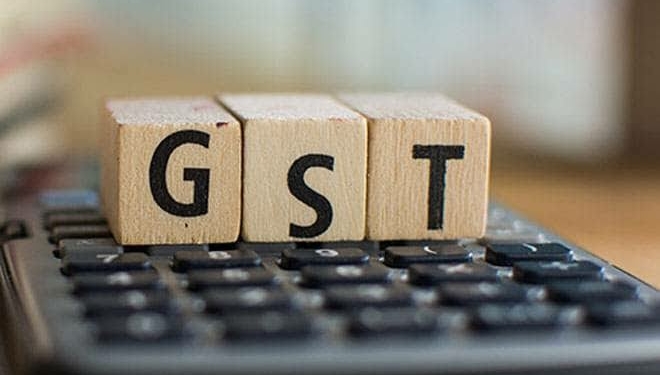When the Goods and Service Tax was first implemented on July 1st, 2017, the citizens of India found themselves confused. The new tax system came as a surprise and many didn’t understand the need for it
Promoted as the biggest tax reform in India, it can come as a surprise that GST India is not a tax system only found here. In fact, GST is a global taxation method active in countries such as Canada, Spain, Italy, Vietnam, Australia, Singapore and so on.
There is a reason for the effective rule of GST in so many countries. The Indian government relied on the same causes. Let us take a look at some of the uses of the Goods and Service Tax method.
1. Elimination Of The Cascading Tax Effects
GST is a comprehensive method of taxation. It brings several taxes, such as VAT, excise, customs duty under one uniform tax. It has become possible to remove the cascading effect of taxation under GST.
By combining several taxes, the need for filing and the charges for each tax return has become less. Under GST, the total tax a taxpayer has to pay is lower than several indirect taxes combined. This should have been the case from the start.
2. The Threshold For Registration
The threshold for the profit count for a tradesman to register under the GST regime is bigger. Most states used to have mandatory registration for VAT if the business has a turnover rate of 5 lakh. While these limits differed according to the state, the situation was the same for the most part.
For service tax providers, the exemption of tax occurred if the turnover rate is less than 10 Lakhs. GST has raised this limit to 20 Lakhs.
This is the perfect opportunity for small businesses to grow. They can finally compete with the well-established giants in the market. The tax exemption will allow them to invest more and produce more goods. This is bound to raise market production and demand.
The general public will look forward to products from smaller businessmen as the price is lower. The playing field has the possibility of being equal under the GST regime.
3. The Composition Scheme
The composition scheme allows businesses with a turnover rate within the 20 lakh to 75 lakh range a chance to lower their taxes. The compliance burden is significantly lowered with this move, allowing business owners to thrive like never before.
4. Easy Process
The previous taxation method for indirect taxes led a company or a person to file for several indirect tax returns. The procedure was complicated, to say the least. It would often leave taxpayers who did not understand all the terms confused. More often than not, they would outsource their tax work to capable lawyers.
The GST process is a simple, online one. It covers the registration as well as filing returns and anything in between. Start-ups seem to love this method more than anything. The need to run from one government employee to another for forms and files has stopped. Read about cgst act applicability.
5. Lesser Compliance
The older taxation method had separate returns and filing schemes for each taxes such as VAT and excise duty, and so on. GST only requires a taxpayer to fill up one, compiled return form.
As of now, there are a total of 11 returns one has to file under GST. Four of them are basic returns that apply to all taxpayers under GST. You only have to file the main returns such as GSTR1 while the other 7 seven are taken care of by automatic methods.
6. A Guide For E-Commerce Operators
Before GST, the stipulations for the goods supplied through the e-commerce sector had no proper definition. The VAT laws varied depending on the state. Some states would require VAT registration and would even seize goods if paperwork were not provided. Others would turn a blind eye and merely treat them as the middlemen.
The disparity in treatment is non-existent under the GST reign. GST has made a clear list of provisions that E-commerce sector needs to follow. Since GST is a pan India tax reform, the states have to agree to the rules as well. No longer do the transporters have to worry about the reception of goods from one state to another.
7. Improvement In Logistics
The logistics industry faced some serious problems under the previous Indirect tax method. Warehouses were spread throughout numerous states to avoid CST. It also helped evade the tax imposition they had to deal with on movement from one state to another.

The warehouses found itself limited to a specific area. The operating costs were beyond anyone’s desire as well.
GST lessened the restrictions that were applicable to the movement of goods. The warehouse operators are now setting up warehouses on certain areas in the country strategically. No longer do they have to keep a warehouse in every city where delivery is made. In two years alone, the country has seen a fantastic increase in profit for the right suppliers.
8. Regulation Of The Unorganised Sectors
You might have noticed how largely unregulated and unorganized specific sectors were before GST. GST has made certain mandatory payments and compliances. There is also the rule that the input credit shall be availed, provided the suppliers perform all their tax return filings perfectly.
The industry people have no choice but to be accountable. They have become regular and careful with their tax return filings. These were the sectors that held the most responsibility when it came to tax evasion. The new rules have made tax evasion harder than ever.
GST does not only have advantages. The taxation method still has some wrinkles that need straightening. The GST council is continuously working to improve the laws and regulations.
In two years alone, the rules have been revised and added over and over again. The goal is to reach a uniform taxation method that will untie all of India. The government has made big changes to improve the inter-market. At the same time, the standard of products and supply on a global level should see improvement as well. Do you know about cgst act and rules? Read here.
A big hope has been the chances of more FDI, and we hope to see it soon.




Discussion about this post